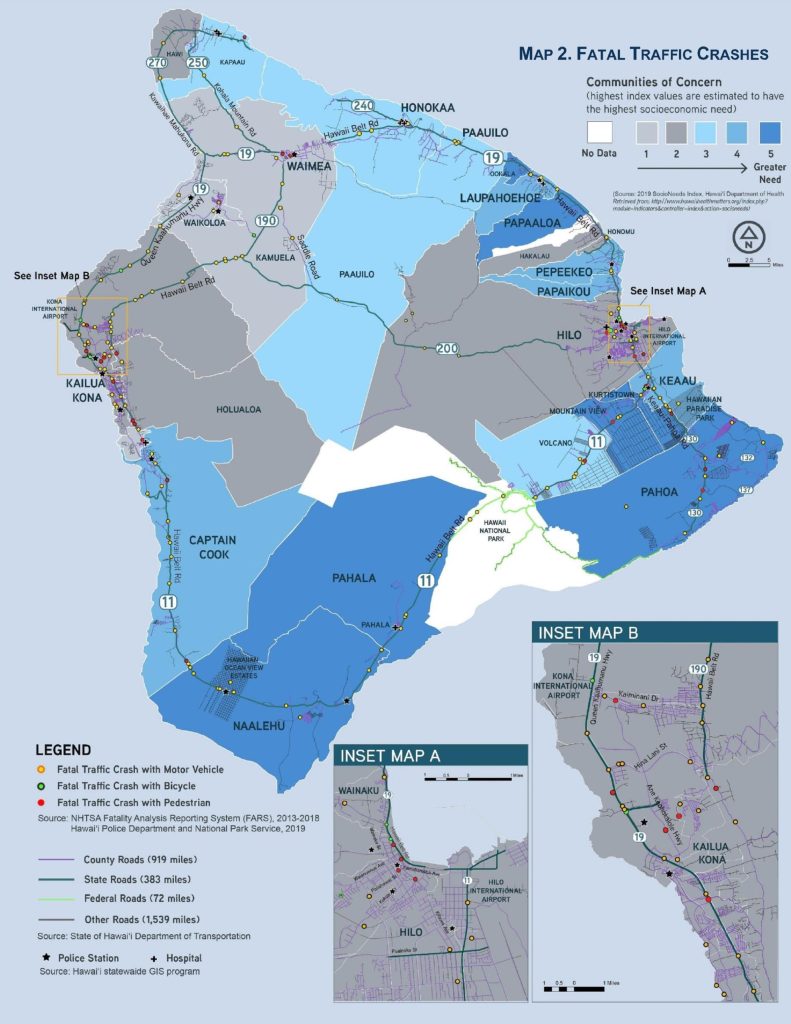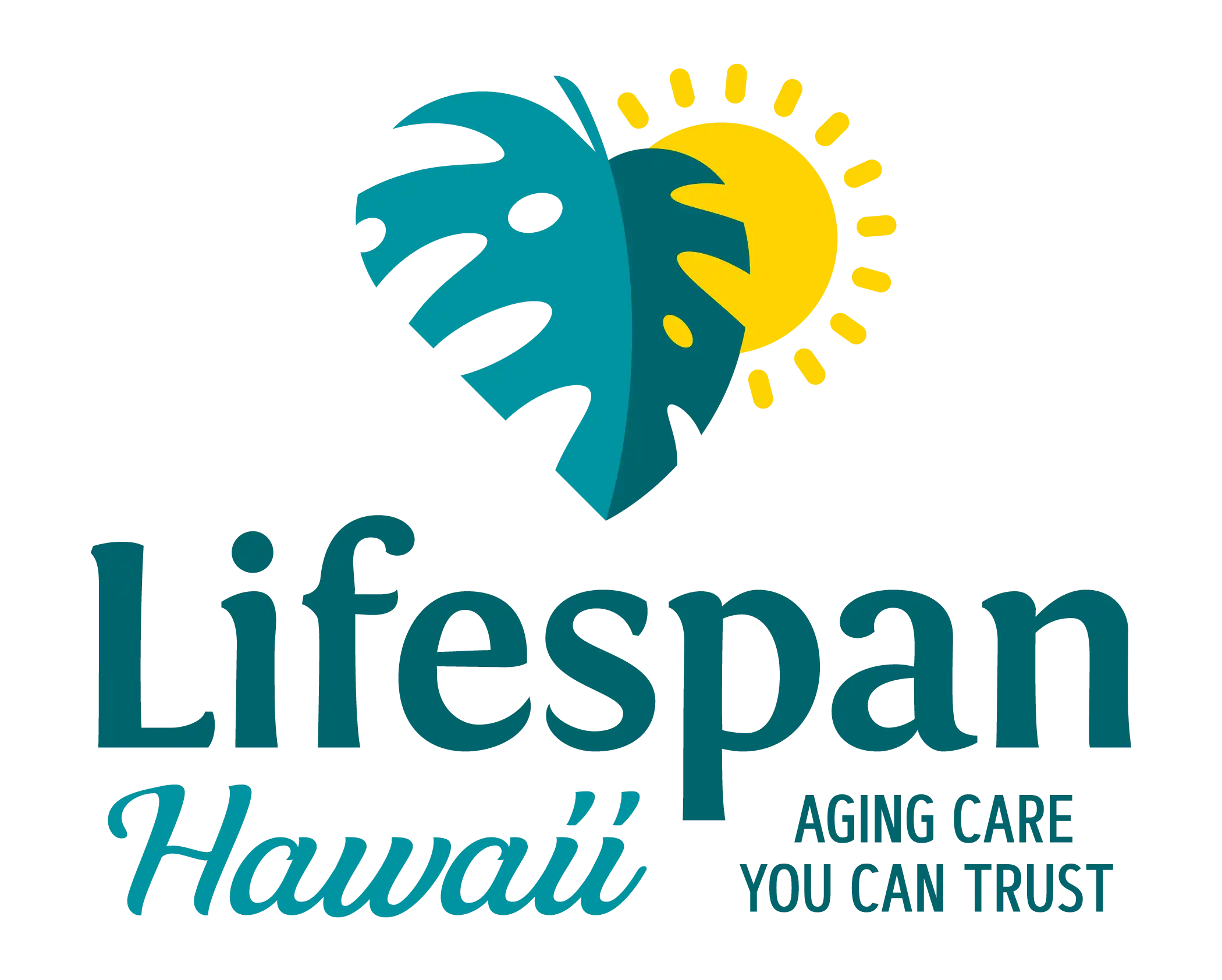State reaffirms commitment to future without traffic fatalities, serious injuries,

Imagine a Hawaiʻi where traffic deaths and serious injuries are no longer part of the news cycle; where instead of being so often connected to tragedy, roadways become places of safe, active, healthy and active lifestyles no matter what mode of transportation people choose.
Can you Vision Zero?
Hawaiʻi is committed to a future when all traffic deaths and serious injuries on island roadways no longer exist.
Hawaiʻi Department of Health — working with national, state and county traffic safety partners — developed and launched the Vision Zero Hawaiʻi initiative to assert that commitment to the public and raise awareness about how residents with a shared vision can help.
Public service announcements will air on TV, radio and digital platforms as well as appear in print media and at malls statewide through August.
Vision Zero is a response to the devastating impacts of the average 100 tragic traffic fatalities that happen each year in the Aloha State.
Traffic deaths on Hawaiʻi roads are up by more than 50% already this year. Nearly 70 fatalities have been reported so far in 2025 compared with just less than 50 by the same time in 2024.
Creating streets where people can move safely — whether walking, biking, rolling or driving — is a key to how Vision Zero aims to save lives.
Designing roads that protect all users helps residents feel safe choosing active ways to get around.
“Lower speed limits, protected bike lanes and improved crossings make it easier and safer for residents to choose walking or biking for short trips,” said O‘ahu Metropolitan Planning Organization Executive Director Mark Garrity in a state release about the initiative.

Staying active is an important part of a healthy lifestyle. Yet, most adults and youth in the islands don’t meet federal physical activity guidelines.
“Physical inactivity is a major contributor to chronic disease,” said state Department of Health Chronic Disease Prevention and Health Promotion Division Administrator Lola Irvin in the release. “Walking, biking and rolling are ways to promote daily movement — especially for keiki and kūpuna.”
Irvin added that creating safe, convenient and connected routes so people can get to where they need to go everyday — grocery stores, schools, parks — will help and encourage Hawaiʻi residents stay physically active.
The public can support Vision Zero and help Hawaiʻi get to zero traffic fatalities and serious injuries by:
- SUPPORTING safer street designs.
- BEING responsible and attentive road users.
- PARTICIPATING IN planning meetings that promote safer roads.
- FOLLOWING and HELPING pass laws that prioritize walking and biking safety.
Each of Hawaiʻi’s counties already has or is developing its own Vision Zero Action Plan. Click here to read Hawaiʻi County’s Vision Zero Action Plan, released in September 2020.
“For too long, we’ve considered traffic deaths and severe injuries to be inevitable side effects of modern life,” says Hawaiʻi County’s action plan. “While often referred to as ‘accidents,’ the reality is that we can prevent these tragedies by taking a proactive, preventative approach that prioritizes traffic safety as a public health issue.”
The significant loss of life experienced on Big Island roadways each year takes a tragic toll, extends beyond the tragic personal loss to take a deep toll on the community.
It includes economic hardship and emotional trauma for those directly suffering and significant taxpayer spending on emergency response and long-term health care costs.
Plus, because so many fear for their safety on the island’s street and roadways, there is no true freedom of mobility.
“As a result, we compromise our public health with increasing rates of sedentary diseases and higher carbon emission,” the county’s Vision Zero plan says.

The plan establishes a transportation philosophy prioritizing preservation of human life instead of the convenience of quick travel.
“While the changes won’t always be easy, we are guided by the determination to save lives and reduce injuries for all Hawaiʻi Island residents and families,” it says.
You can learn more about Hawaiʻi County’s Vision Zero efforts by visiting the county website.
Community members can learn about local strategies, progress and opportunities to get involved by visiting the Vision Zero Hawaiʻi website.
Sponsored Content
Comments












